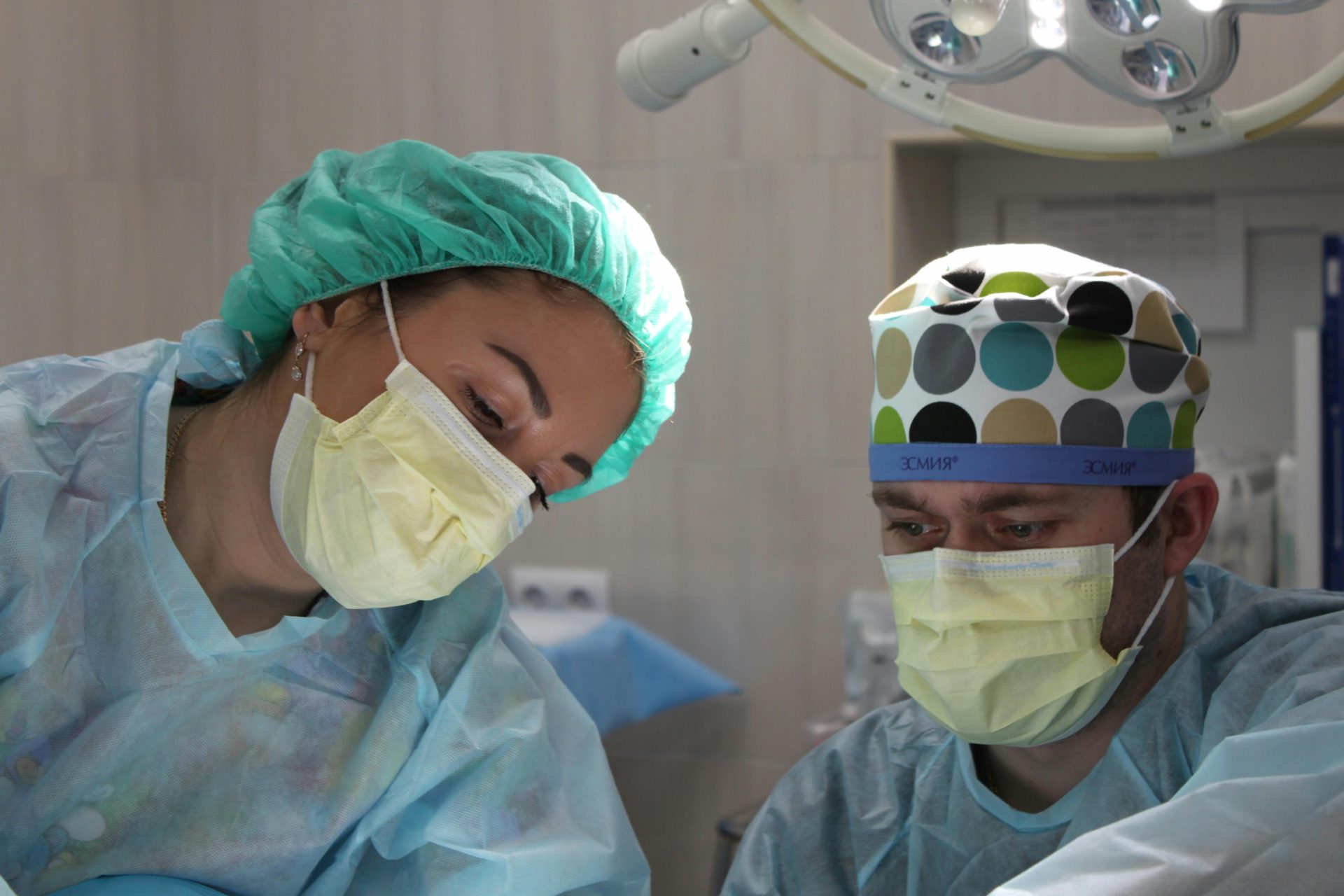In Italy in 2021, interregional health mobility reached a value of 4.25 billion euros, a figure significantly higher than the 3.33 billion euros of the previous year. The data emerges from the 2021 health mobility report prepared by the Gimbe e Foundation published on the occasion of the start of the discussion of the Calderoli bill in the Senate.
«Our analyses», explains Nino Cartabellotta, president of the Gimbe Foundation«they demonstrate that the economic flows of healthcare mobility flow mainly from South to North, in particular towards the Regions that have already signed pre-agreements with the Government for the request for greater autonomy. Is that over half of the value of hospitalization and specialist outpatient services are provided by accredited private individuals, a further sign of the weakening of public healthcare. These data, together with those on the enforceability of the essential levels of assistance – Lea, confirm a huge gap between the North and the South of the country, inevitably destined to increase if greater autonomy is granted to the richer northern regions».
Types of services provided on the move
The Gimbe study reveals how 86% of the value of healthcare mobility concerns ordinary hospitalizations, in day hospital and specialist outpatient services. 9.4% relates to the direct administration of medicines and the remaining 4.6% to other services (general medicine, pharmaceuticals, spa treatments, ambulance and air ambulance transport).
Mobility towards private facilities
Over 1 euro in 2 is spent on hospitalizations and specialist services and ends up in private coffers: over 1,727 million euros, compared to approximately 1,433 million euros for public structures. In particular, for ordinary hospitalizations and in day hospital private structures grossed approximately €1,426 million, while public structures earned just over €1,132 million. For specialist outpatient services on the move, the value provided by the private sector is €301 million, while the public sector is approximately €300 million.
Active and passive healthcare mobility
The study highlights how the difference between active mobility is very variable between the regions of the North and those of the Southunderstood as the ability to attract patients from other regions, and the passive onei.e. the “migration” of patients from the region of residence. Emilia-Romagna, Lombardy and Veneto collect 93.3% of the active balanceWhile 76.9% of the deficit balance is concentrated in Calabria, Campania, Sicily, Lazio, Puglia and Abruzzo.
«That of health mobility», continues the president of the Gimbe Foundation, «it is a phenomenon with enormous health, social, ethical and economic implications which reflects the great inequalities in the supply of services between the different regions and, above all, between the North and the South of our country. A gap that has now become a “structural fracture” destined to be aggravated by differentiated autonomywhich in healthcare will normatively legitimize the North-South divide, amplifying the unacceptable inequalities in the enforceability of the constitutional right to health protection”.
The National Health Service – Ssn guarantees assistance to citizens registered in the health facilities of their region of residence but everyone can, however, exercise the right to be assisted, also, in other regionsconcretizing the phenomenon known as interregional health mobility which is often determined by the different ability of regional health systems to respond to the needs of their citizens. All this involves a considerable investment not only of emotional energy but also of economic resources for patients and their families.
From Lombardy to Emilia-Romagna passing through Lazio, there are many associations and foundations that have launched reception projects to give medical migrants a welcoming and familiar place capable of alleviating the many hardships to which they are subjected. In recent months VITA has started a journey through experiences of hospitality and support for those who are forced to move away from their home in order to be treated (in this piece we highlight some of them).
«When the tragedy of the disease enters your family, when pain and fear take over your life and when for the treatment you have to leave everything and undertake journeys of hope to other facilities in cities other than yours, everything becomes difficult, complicated , exhausting. Finding where to live becomes a problem. But when you are lucky enough to be welcomed into Casa Emilia you have solved part of your problems.” Words from Tina, one of the 750 thousand people who move every year for health reasons. A people, that of healthcare emigrants (as analysts call them), who move in search of better treatment opportunities, where they exist.
The National Health Service is going through a very serious sustainability crisis which is also forcing the virtuous regions of the North to cut services. According to the Gimbe analysis, the greater autonomy already requested by Emilia Romagna, Lombardy and Veneto will, on the one hand, enhance the performance of these Regions and, on the other, further weaken those of the South, even those with special statutes. The Foundation points out that greater autonomy in terms of staff bargaining risks causing a flight of healthcare professionals towards the regions capable of offering more advantageous economic conditions.
Finally, for Gimbe, the Calderoli bill remains very vague on the financing methods, as well as on the tools to guarantee the essential levels of performance – Lepaccording to the provisions of the Constitutional Charter, for this reason Cartabellotta concludes: «we reiterate what was already reported on 23 May 2023 in the hearing in the first Constitutional Affairs commission of the Senate: health protection must be eliminated from the matters on which the regions can request greater autonomy».
Foto di Pavel Sorokin/Pexels
